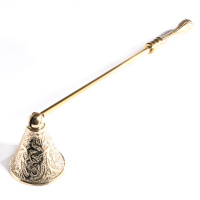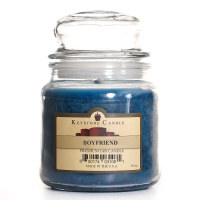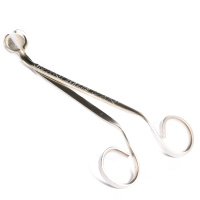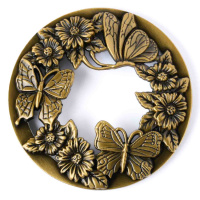5 Easy Ways to Reduce Soot
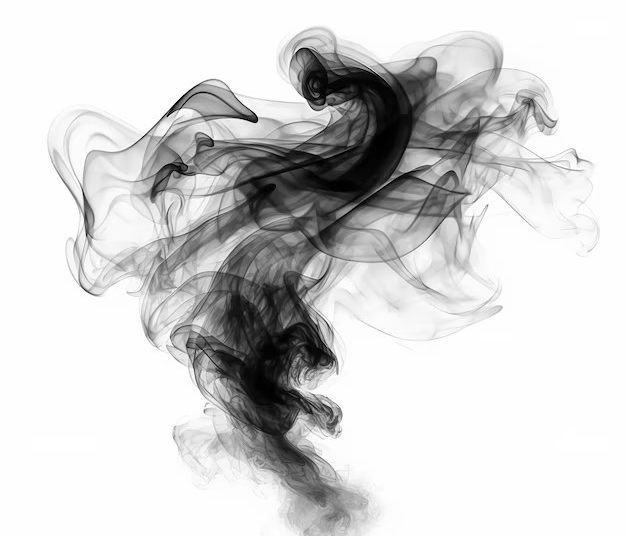
One of the most common complaints about candles of all kinds is that sometimes they soot. There are a number of ways to greatly reduce the amount of soot coming from your candles, which will also help them to burn better. Today, I will share some tips on burning candles to help you have a better experience with your candles and save money.
First, let's take a look at what causes soot from a candle flame.
Why Do Candles Soot?
Soot happens when the candle’s fuel doesn’t burn completely. This can occur for several reasons. Two common causes are that the wrong size of wick was used or if the flame gets disturbed.
The flame melts the wax, turning it into liquid that is pulled up through the wick at a steady pace as the fuel. But if the flame is disturbed, for example, by a draft or moving the candle, the flame size changes, and the fuel flow becomes uneven. When too much fuel reaches the flame and can’t burn completely, it is put off as soot.
5 Ways to Reduce Soot:
1. Keep Candles Out of Drafty Areas
Burning candles near air vents, fans, or open windows will cause your candle to produce soot. When a breeze causes the candle flame to bounce around, its size changes. A still flame will use a consistent amount of fuel. A flame that is bouncing around will draw fuel up the wick at a variable rate, sometimes too much, other times, not enough. When too much wax is drawn into the wick and then the flame size shrinks, not all the fuel is burned. The extra wax is expelled as soot into the air.
2. Use Vases and Hurricanes That Are Open On Top and Bottom
Many event locations, where candles are used for lighting and ambiance, require that the flame of the candle not be exposed above the top of the holder. This could mean the flame of your votive candle must be below the top edge of the glass or that pillars and taper candles need to be in tall cylinders or hurricanes. At first, this sounds like a good idea to also keep the draft away from your candles, and it is. However, using a closed bottom cylinder or vase can create problems of its own. A flame needs oxygen to burn. When you have a candle far down inside a container, the oxygen is quickly used up, and more is needed for the flame to continue burning. Air is sucked into the container through the top but at the same time the warm air heated by the candle flame is trying to get out. The flow of cool air entering the container fights the flow of warm air rising out of it. This setup creates a draft inside the container, causing the flame to dance, which produces soot. To reduce the draft inside of container, use one that is open on both ends. Lift the bottom of the container off the table about a half-inch so air can get in through the bottom. For my test, I used 3 stacks of coins, but you should use something more stable.
3. Put Candle Cappers On Jar Candles
If you are burning jar candles with an opening of about 3 inches, you can purchase candle cappers. These candle accessories come in all types of decorative styles and designs. One of the great things about them is that they are very durable and can be used repeatedly. Their purpose of the capper is to separate the warm air rising out of the jar from the cooler air coming into it. This reduces the turbulence of air in the jar, keeping the flame from dancing around. Jar candles will usually start to produce more soot as the flame gets lower down into the container. This is because the air flow is much more constricted lower in the jar.
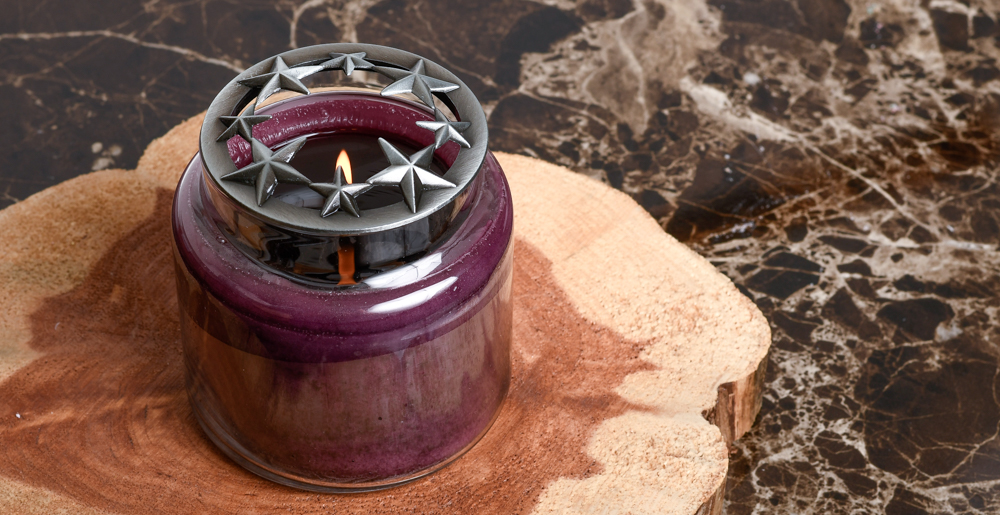
4. Trim The Wicks
One of the simplest ways to keep candles from producing soot is to trim the wicks. I recommend cutting the wicks to 1/4" for the first lighting. If, after a few minutes, the flame of the candle looks too big or is bouncing around (while not in a draft), you should cut the wick a little shorter. A burning candle should never be left unattended. If you like to leave your candles burning for a long time, the wicks may need to be trimmed again. Don't be afraid to blow a candle out, trim the wick, and relight it.
5. Purchase Quality Candles
Make sure you are getting a quality candle. A well-made candle doesn't mean expensive; it means well-made. Anyone can melt some wax, put a string in it, and call it a candle. Is it a candle? Yes. Will it burn? Maybe. Should you spend your hard-earned money on it? Probably not. The internet is full of pages on which people are selling candles. Type the search term "candles" into Google and you will see there are 1,160,000,000 results. An experienced candle maker will know how to match the wick size, wax type, fragrance, and candle diameter just right to produce a great burning candle.





